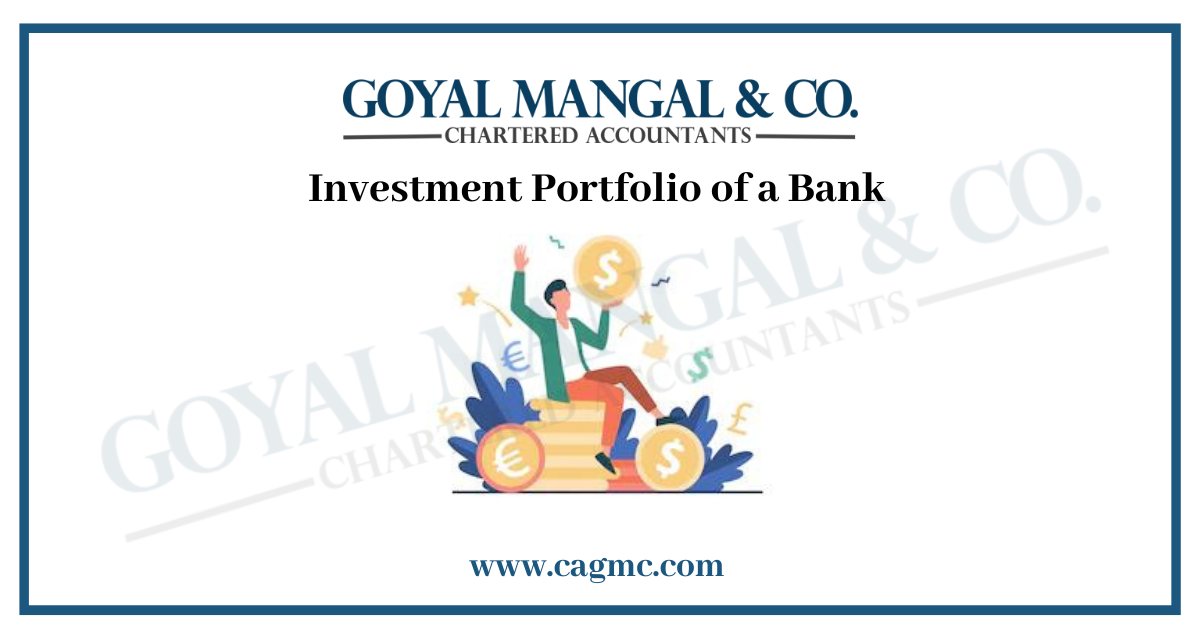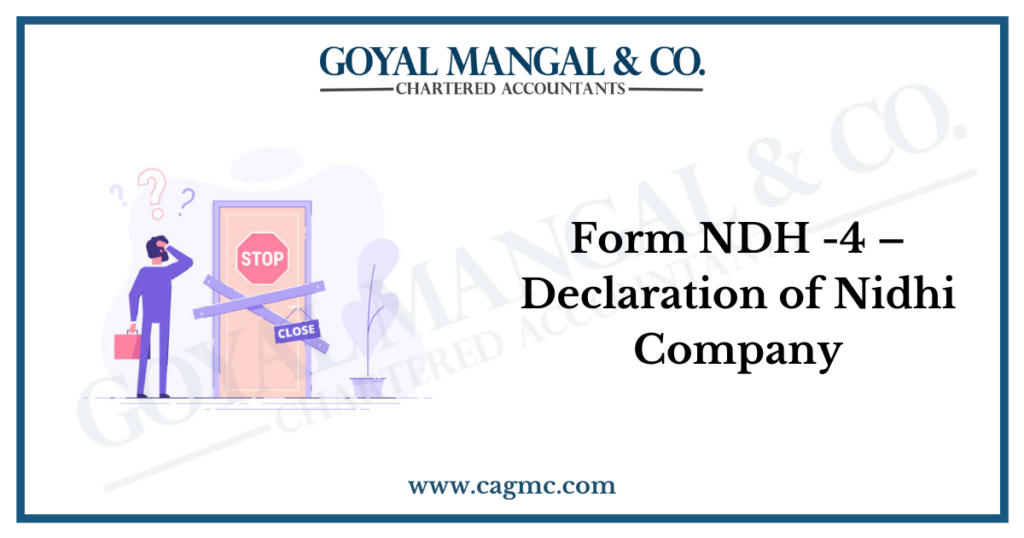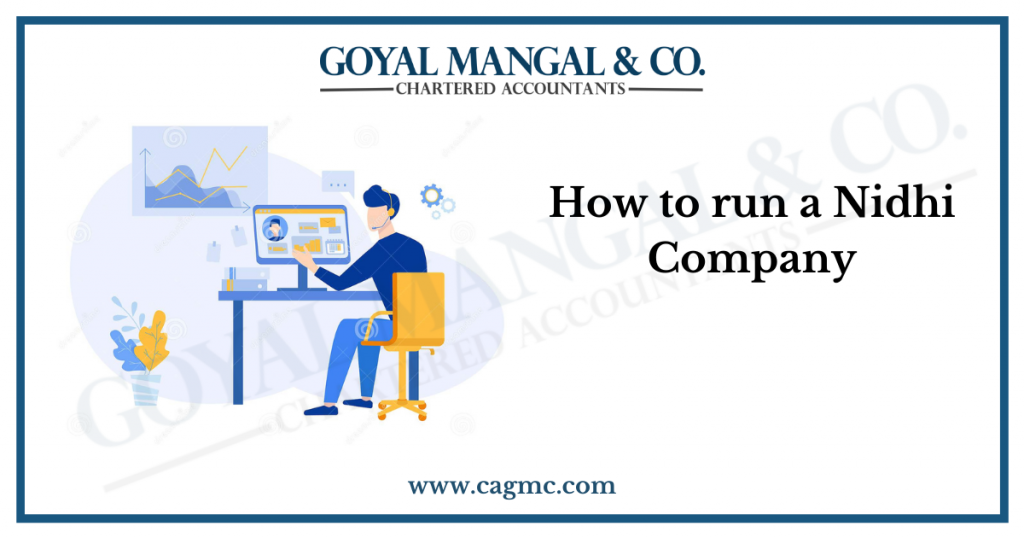 Like any industry, investing has its own language. And one term that people often use is “investment portfolio,” which refers to all of your invested assets. Building an investment portfolio can seem intimidating, but there are steps you can take to make the process painless. No matter how much you want to get involved in your investment portfolio, there is an option for you.
Like any industry, investing has its own language. And one term that people often use is “investment portfolio,” which refers to all of your invested assets. Building an investment portfolio can seem intimidating, but there are steps you can take to make the process painless. No matter how much you want to get involved in your investment portfolio, there is an option for you.
|
Table of content |
What is an investment portfolio?
An investment portfolio is a set of financial assets owned by an investor, which may include bonds, stocks, currencies, cash and cash equivalents, and commodities. It further refers to a group of investments that an investor uses to make a profit while ensuring the preservation of capital or assets.
For example, if you have a 401(k), an individual retirement account, and a taxable brokerage account, you should look at these accounts together when deciding how to invest them.
Components of portfolio
The assets that make up a portfolio are called asset classes. An investor or financial advisor must ensure that there is a good mix of assets to maintain balance, which helps promote capital growth with limited or controlled risk. A portfolio may include:
- Stocks: Stocks are the most common part of an investment portfolio. They relate to a part or share of a company. This means that the owner of the stock is a partial owner of the company. The size of the ownership stake depends on the number of shares owned. Stocks are a source of income because, as a company generates profits, it shares a portion of the profits through dividends with its shareholders. As shares are bought, they can also be sold at a higher price depending on the company’s performance.
- Bonds: When an investor buys bonds, they lend money to the issuer of the bond, such as a government, corporation, or agency. A bond comes with a maturity date, which means the date when the principal used to purchase the bond is due to be repaid with interest. Compared to stocks, bonds do not pose as much risk but offer lower potential returns.
- Alternative investments: Alternative investments can also be included in the investment portfolio. These can be assets whose value can grow and multiply, such as gold, oil, and real estate. Alternative investments are typically less traded than traditional investments such as stocks and bonds.
Types of portfolio
- Growth portfolio: As the name suggests, a growth portfolio aims to promote growth by taking greater risks, including investing in growth industries. Portfolios focused on growth investments usually offer higher potential returns and, at the same time, higher potential risk. Growth investing often involves investing in younger companies that have greater growth potential compared to larger, well-established firms.
- Income portfolio: Generally speaking, an income portfolio is more focused on providing regular investment income than on potential capital gains. An example is buying stocks based on stock dividends rather than stock price appreciation history.
- Asset allocation portfolio: With value portfolios, the investor takes advantage of buying cheap assets based on valuation. They are especially useful in tough economic times when many businesses and investments are struggling to survive and stay afloat. Investors then look for companies with profit potential but whose prices are currently lower than what the analysis believes to be their fair market value. In short, value investing focuses on finding bargains in the market.
Investment portfolios and risk tolerance
One of the most important things to consider when building a portfolio is your personal risk tolerance. Your risk tolerance is your ability to accept investment losses in exchange for the possibility of higher investment returns.
Your risk tolerance is tied not only to how much time you have before your financial goal, such as retirement but also to how mentally you handle watching the market rise and fall. If your goal is many years away, you have more time to overcome these highs and lows, allowing you to take advantage of the general market upswing. Use our calculator below to help you determine your risk tolerance before you start building your investment portfolio.
Steps in Building an Investment Portfolio
An investor or financial manager should take note of the following steps to create a good investment portfolio.
- Determine the portfolio objective
Investors should answer the question of what the portfolio is for in order to get direction on what investments to take. - Reduce investment turnover
Some investors like to constantly buy and then sell stocks in a very short period of time. They must remember that this increases transaction costs. Also, some investments just take a while to pay off. - Don’t spend too much on an asset.
The higher the cost of acquiring the asset, the higher the break-even point. So, the lower the price of the asset, the higher the possible profits. - Never rely solely on one investment.
As the old saying goes, “Don’t put all your eggs in one basket.” The key to a successful portfolio is the diversification of investments. When some investments are declining, others may be on the rise. Holding a wide variety of investments helps reduce the overall risk for the investor.
Conclusion
A portfolio is a cornerstone of investing in the markets. A portfolio consists of various positions in stocks, bonds, and other assets held and is considered as one cohesive whole. Therefore, portfolio components must work together to serve the investor’s financial goals, limited by their risk tolerance and time horizon. Portfolios can be constructed to achieve a variety of strategies, from index replication to income generation to capital preservation.


